How to Fix Insufficient Disk Space on Windows
Insufficient disk space on Windows can be frustrating and lead to performance issues, errors, and even system crashes. Fortunately, several ways exist to free up disk space and keep your computer running smoothly.
What Does Not Enough Disk Space Mean?
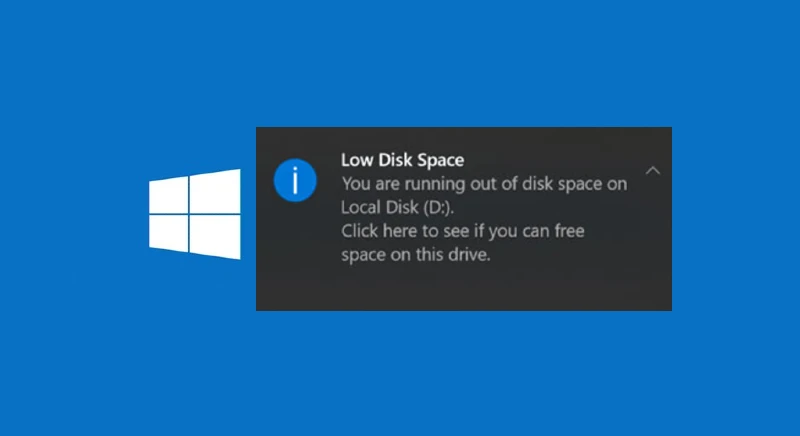
When your computer’s hard drive or solid-state drive (SSD) is running low on available space, Windows will display a “Not Enough Disk Space” or “Insufficient Disk Space” warning. This warning typically appears when you try to install a new program, save a file, or perform an action that requires additional storage space.
Common Reasons For Insufficient Disk Space
1. Large file accumulation: Over time, your system may accumulate large files, such as temporary files, browser caches, and application data, consuming significant disk space.
2. Limited storage capacity: If your computer has a relatively small hard drive or solid-state drive (SSD), it may quickly run out of available space, especially if you store many files or install multiple applications.
3. System file bloat: Windows and installed programs can generate and store numerous system files, logs, and other data, gradually consuming disk space.
4. Software issues: Certain software or system errors can lead to improperly allocating or managing disk space, resulting in insufficient available space.
5. Malware infection: Some types of malware, such as viruses or ransomware, may intentionally consume disk space or encrypt files, causing space issues.
6. Fragmented disk: Over time, file fragmentation can occur, leading to inefficient use of disk space and reduced available storage.
How to Fix Insufficient Disk Space?
Uninstall Unwanted Programs
Over time, you may have installed various programs on your computer that you no longer use. These programs can take up valuable disk space.
To uninstall or remove unwanted programs, follow these steps:
- Open the Control Panel and navigate to “Programs and Features” or “Uninstall a Program.”
- Scroll through the list of installed programs and identify the ones you no longer need.
- Right-click on the program and select “Uninstall” or “Remove”.
- Follow the on-screen prompts to complete the uninstallation process.
The example above doesn’t have unwanted programs since I uninstalled some last week, so it’s safe to say it’s not this part; proceed to step two. But this is where you can see those unimportant or unwanted programs ( type Control Panel in the search bar next to your Windows Start icon ) that crowd your computer space. Remove or uninstall them.
Run Disk Cleanup
Windows includes a built-in Disk Cleanup tool to help remove temporary files, system logs, and other unnecessary data.
To run Disk Cleanup, follow these steps:
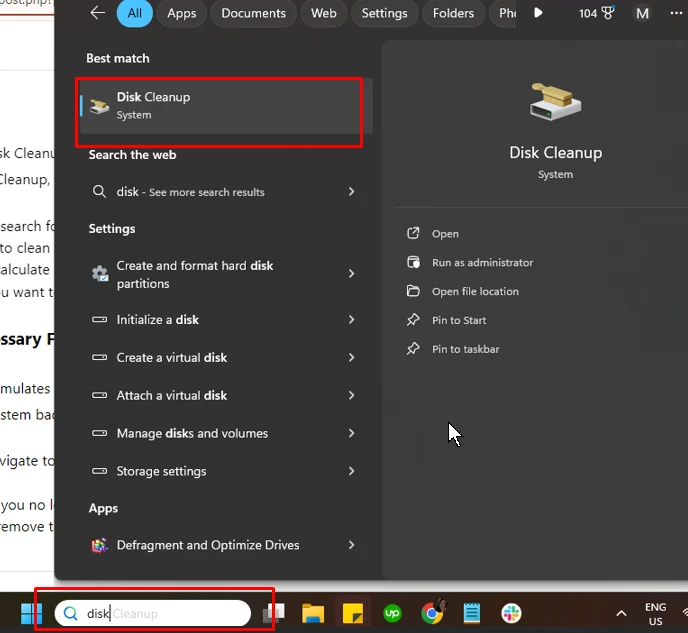
- Open the Start menu and search for “Disk Cleanup”.
- Select the drive you want to clean up (usually your primary drive, such as C:).
- Wait for Disk Cleanup to calculate the amount of disk space you can free up.
- Select the types of files you want to remove and click “OK” to start the cleanup process.
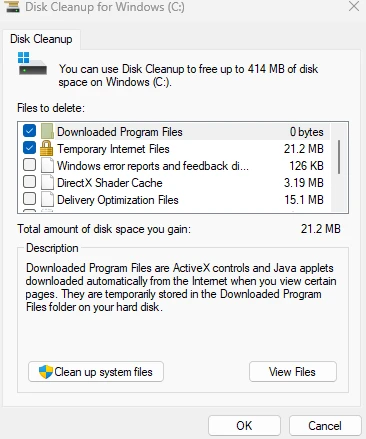
Remove or Clean Unnecessary Files
Over time, your computer accumulates various files you may no longer need, such as downloaded files, temporary internet files, and system backups.
To remove or clean these files, follow these steps:
- Open File Explorer and navigate to the folders where you store downloaded files, temporary internet files, and system backups.
- Delete any files or folders you no longer need.
- Empty the Recycle Bin to remove the deleted files permanently.
Clean %temp% Folder
The %temp% folder is where Windows stores temporary files. These files can accumulate over time and take up valuable disk space. To clean the %temp% folder, follow these steps:
- Press the Windows key + R to open the Run dialog box.
- Type “%temp%” (without quotes) and press Enter.
- Select all the files and folders in the %temp% folder and press Delete.
- Empty the Recycle Bin to remove the deleted files permanently.
Store Files in the Cloud
If you have large files or files you don’t need to access frequently, consider storing them in the cloud. Cloud storage services like Google Drive, Dropbox, or OneDrive can help free up space on your local drive while keeping your files accessible from anywhere.
Utilize Third-party Tools like Fortect for Disk cleanup and Malware Defense
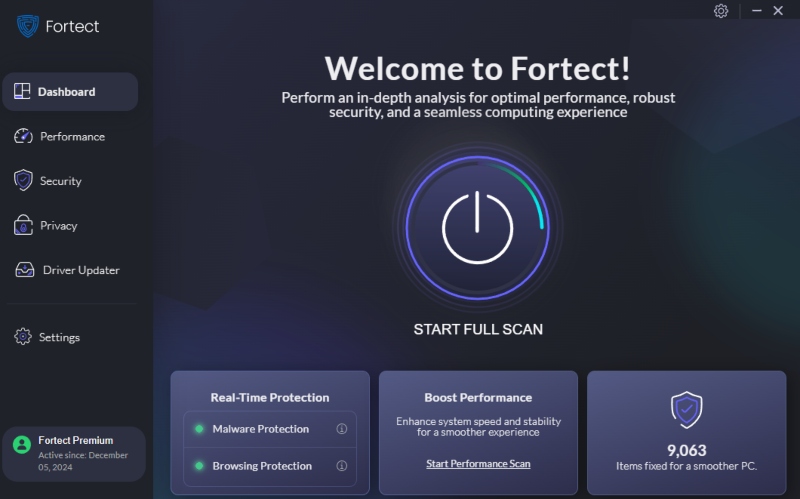
Fortect is an all-in-one solution with robust repair and protection tools for Windows. Fortect Premium plan helps diagnose and fix various issues, including disk space problems, system errors, performance bottlenecks, and malware protection and defense.
In this case, Fortect can manage disk space, clean unnecessary files, browser cache cleanup, and remove office apps. It keeps your computer optimized and clutter-free, preventing the “not enough disk space” error from disrupting your workflow and ensuring your Windows computer performs at its best.
Download and Install Fortect now!
Format the Problematic Partition to NTFS
If the partition running out of space is formatted with an older file system like FAT32, it may be beneficial to format it to the more modern NTFS file system. NTFS has better disk space management and supports larger file sizes. However, formatting a partition will erase all data, so back up any important files before proceeding.
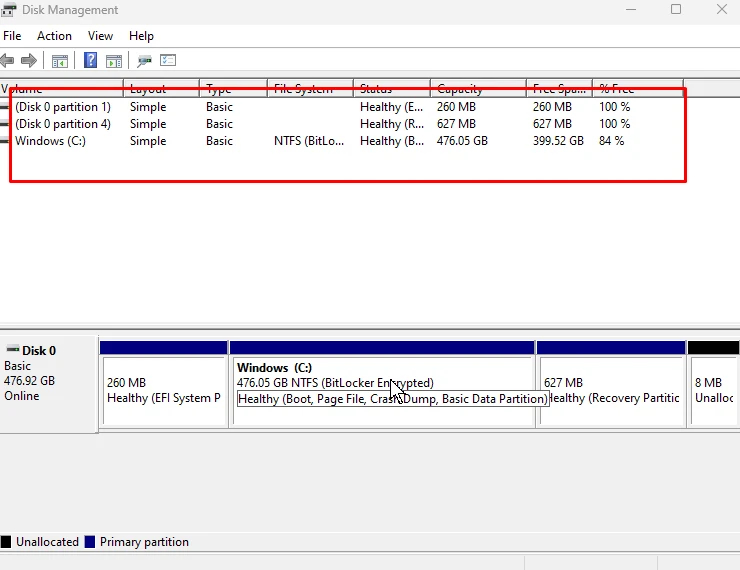
- Open the Start menu and search for “Disk Management”.
- In the Disk Management utility, right-click on the partition you want to format and select “Format.”
- In the Format window, select “NTFS” as the file system.
- Check the “Quick Format” option to format the partition faster (but more securely; leave it unchecked).
- Click “OK” to start formatting the partition to NTFS.
Be patient; the formatting process may take some time, depending on the partition size and your computer’s hardware. Once completed, the partition will use the NTFS file system, allowing for better disk space management and support for larger files.




